I am a Hoosier born and raised; I’m a tax-paying American citizen; and the Republicans are trying to stop me from voting. The proposed anti-voter SAVE Act would hinder millions of eligible Americans from registering to vote by requiring citizens to present a birth certificate or passport in person to register. All of us overseas – including the military – would be affected. It also means if your documentation doesn’t match your legal name – like if you changed your name when you got married, or you’re trans – you also can’t vote. I’ve just called my Representative and both Senators to leave messages demanding that they oppose this legislation. You should too.
Woot, my knee-jerk don’t-overthink-it pub-quiz answer was Iran which seems to be [✓]. I ‘knew’ it was more populous than…


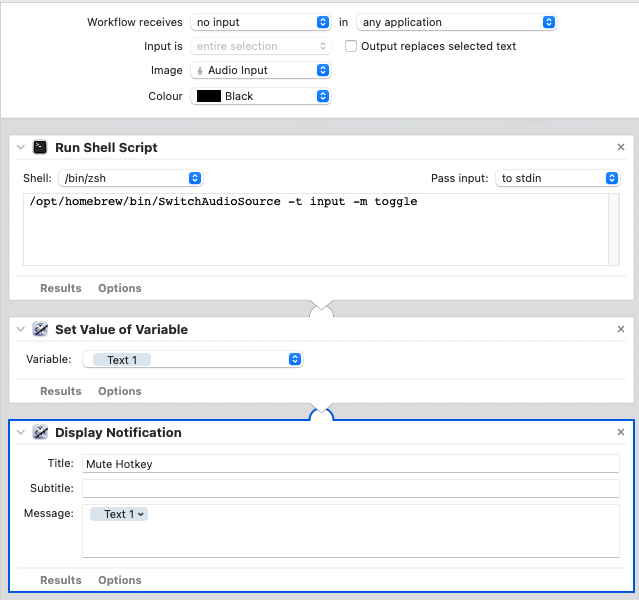

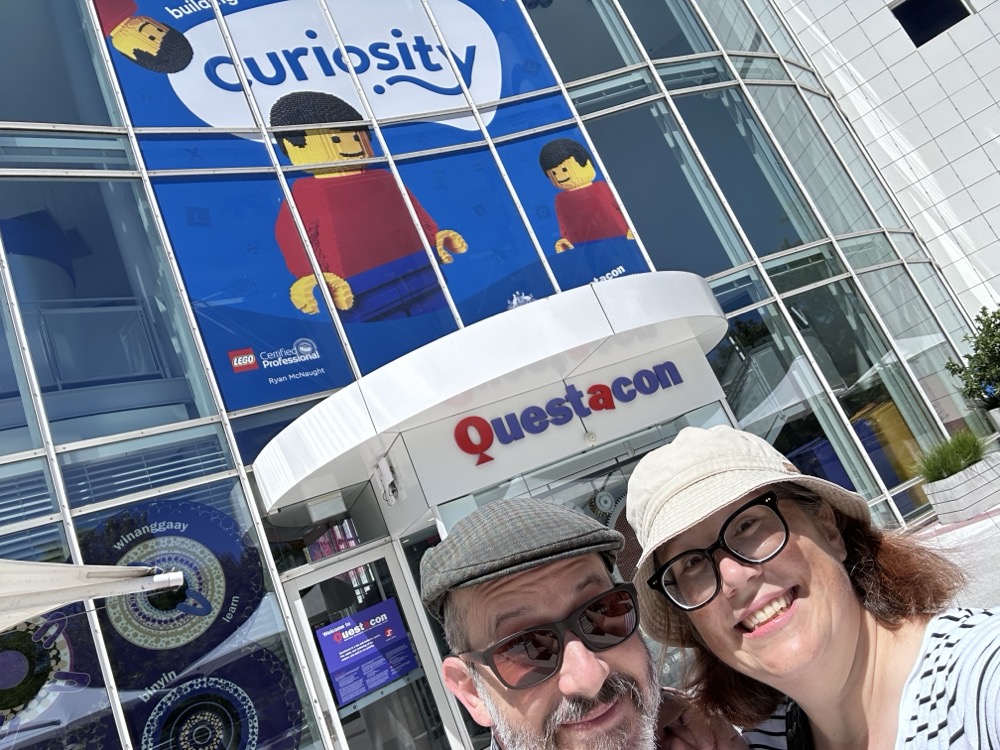
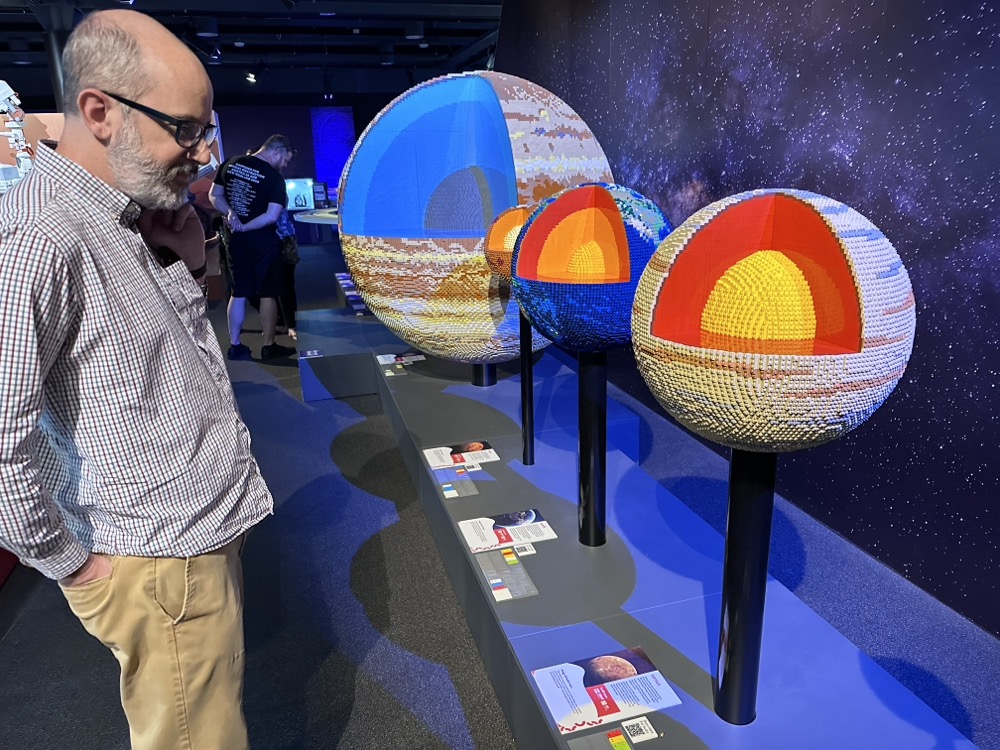
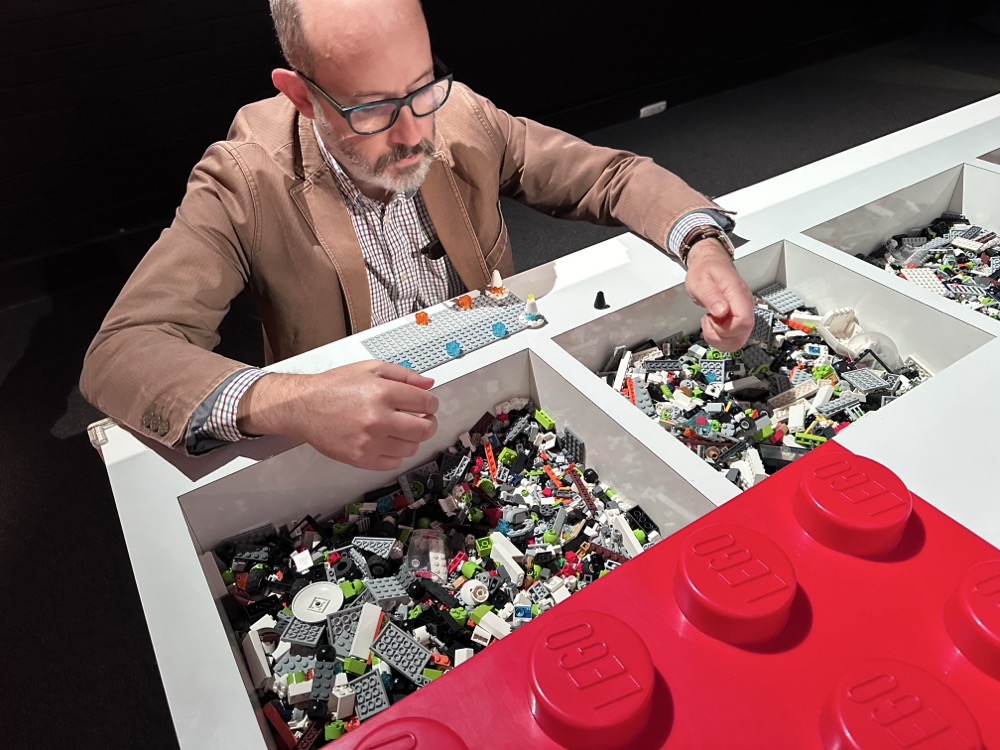
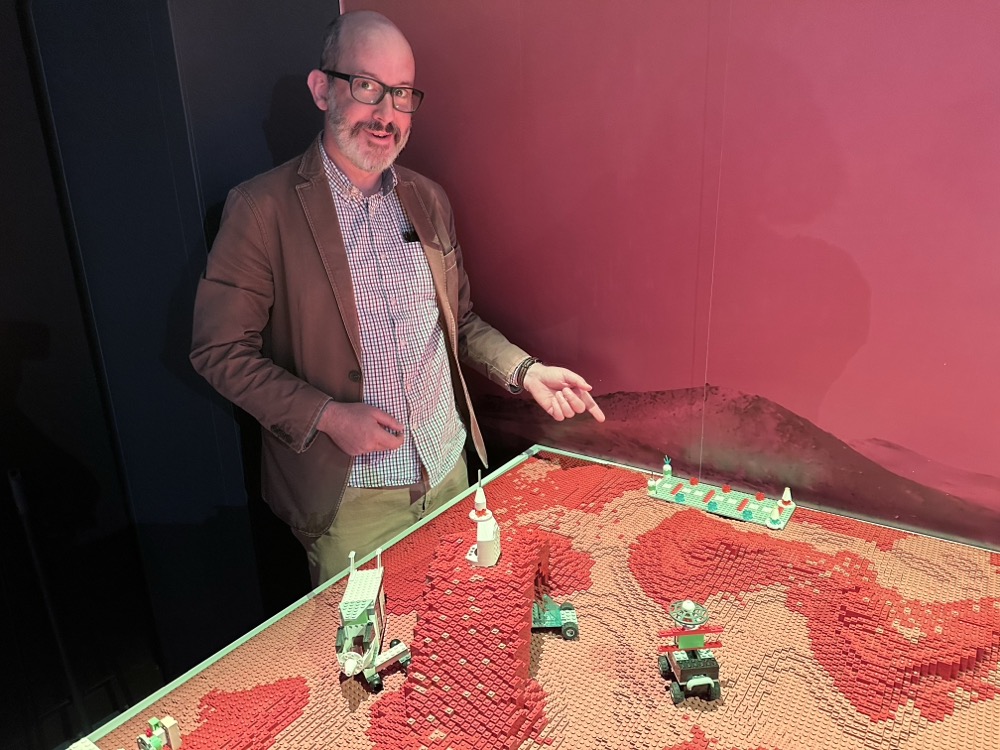
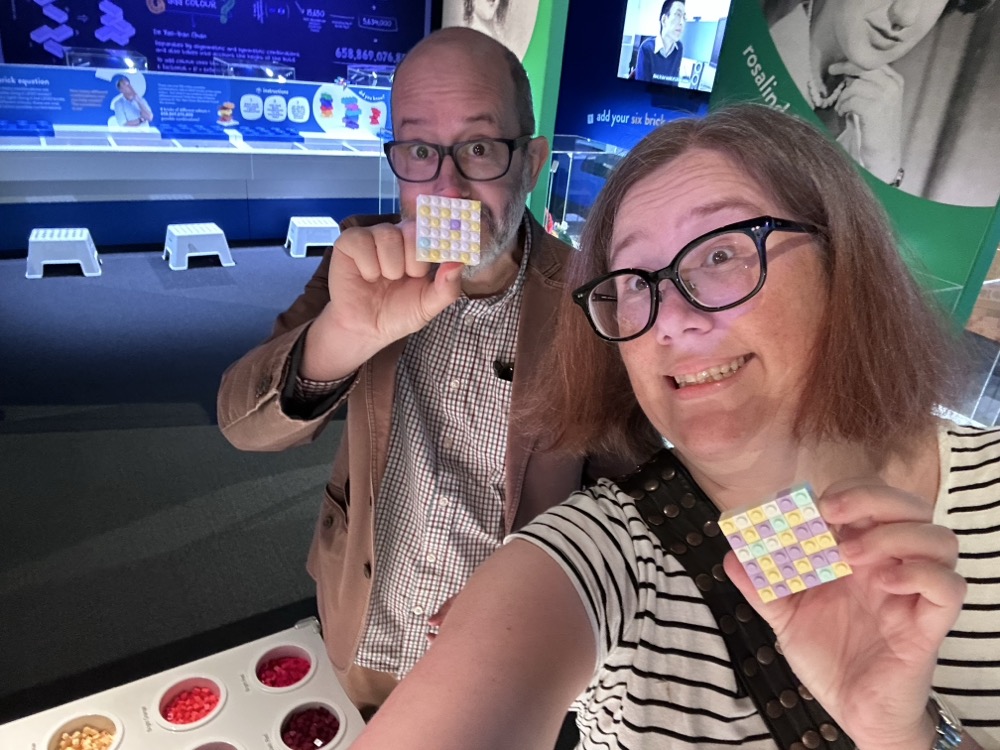
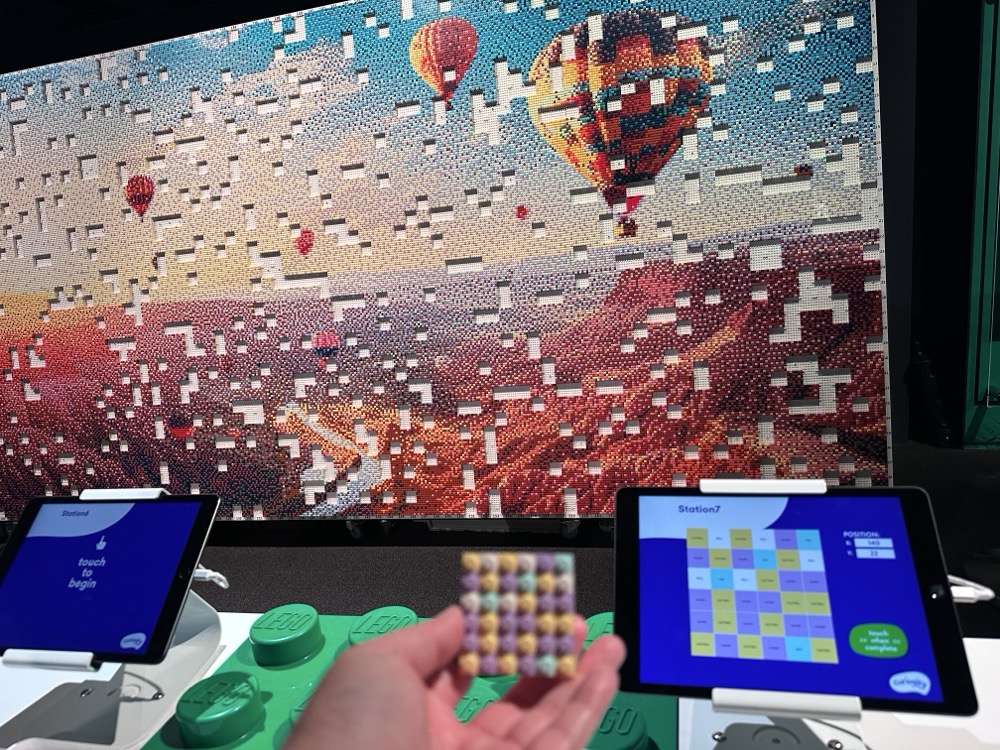

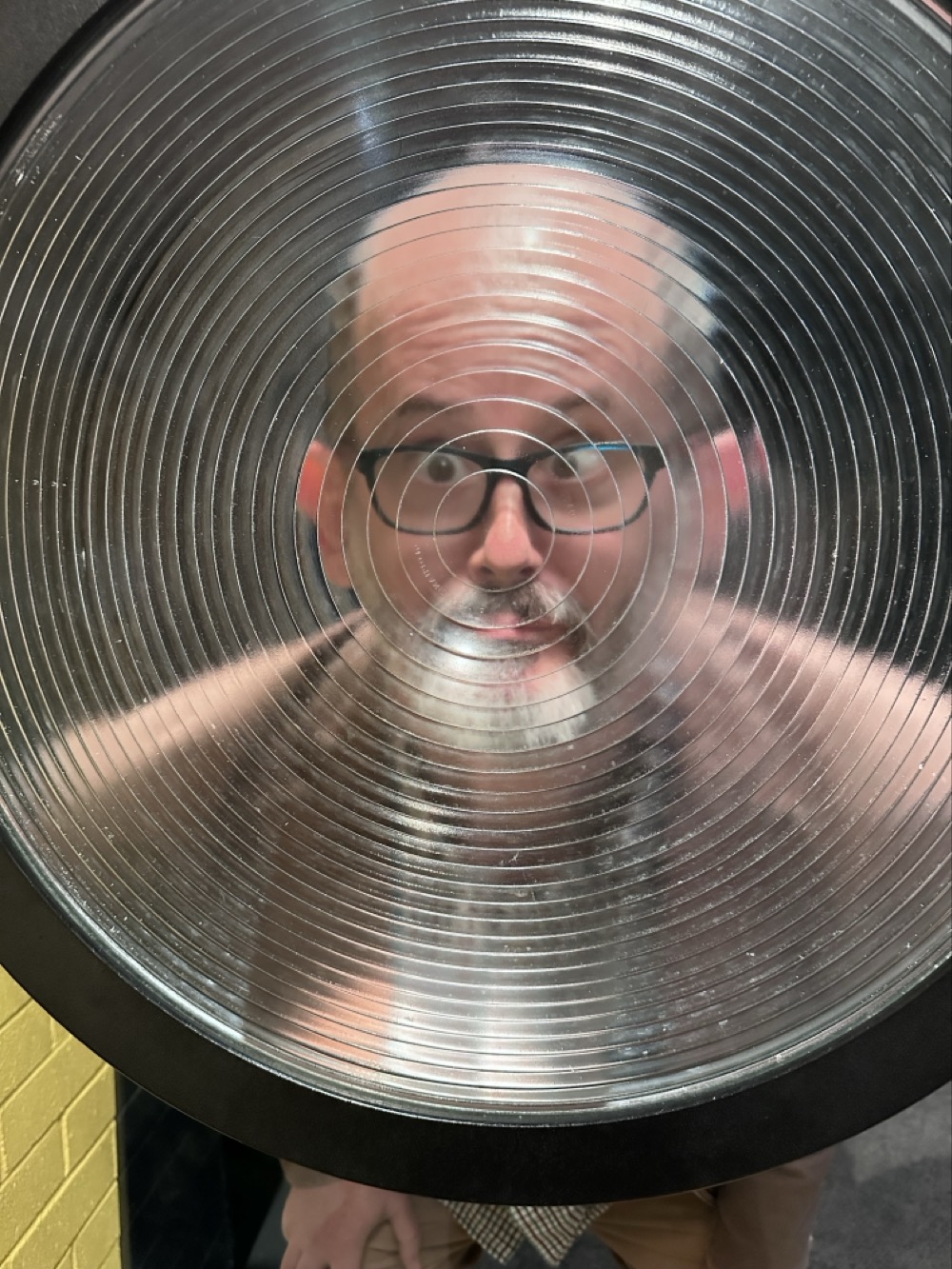

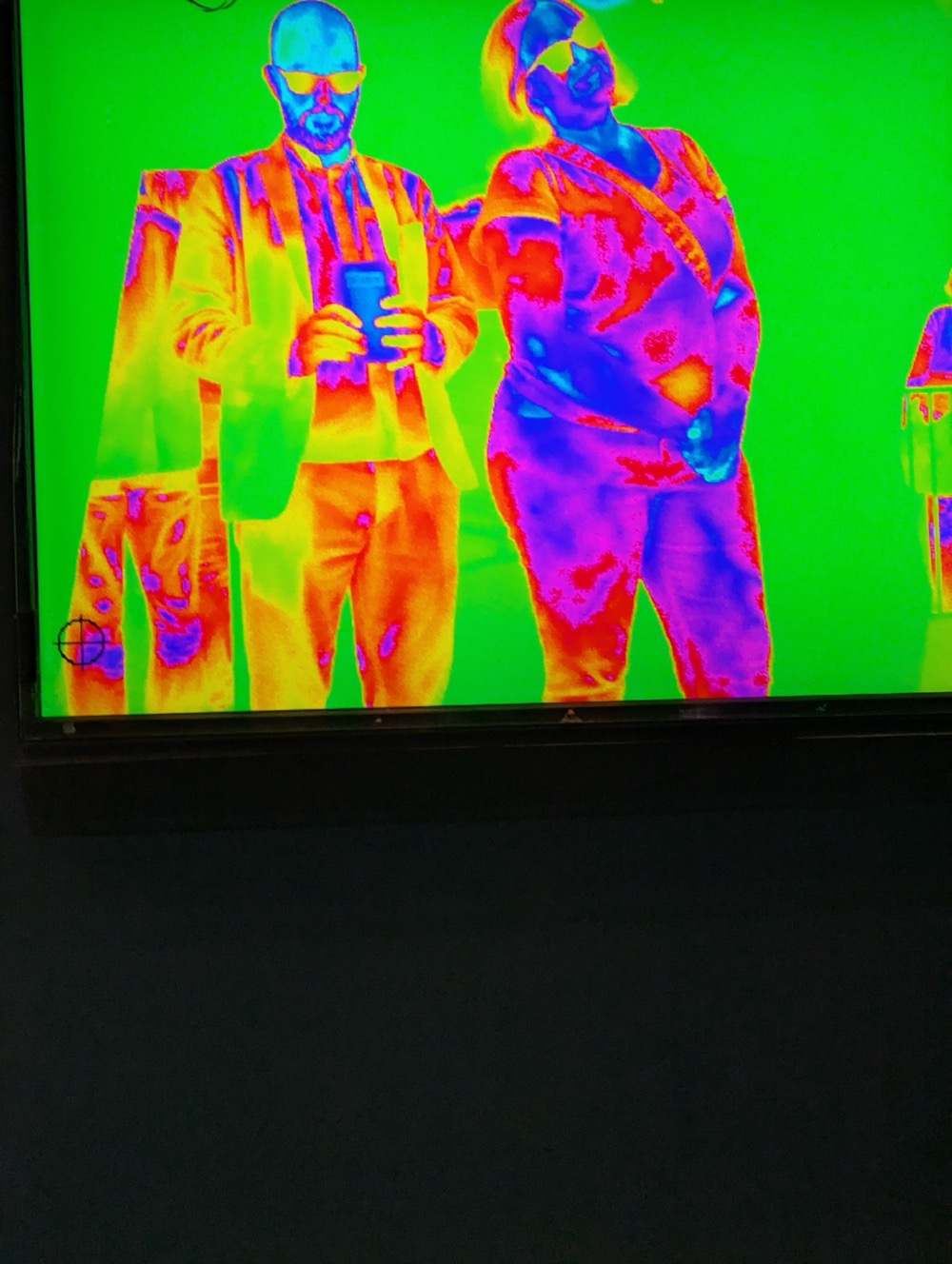
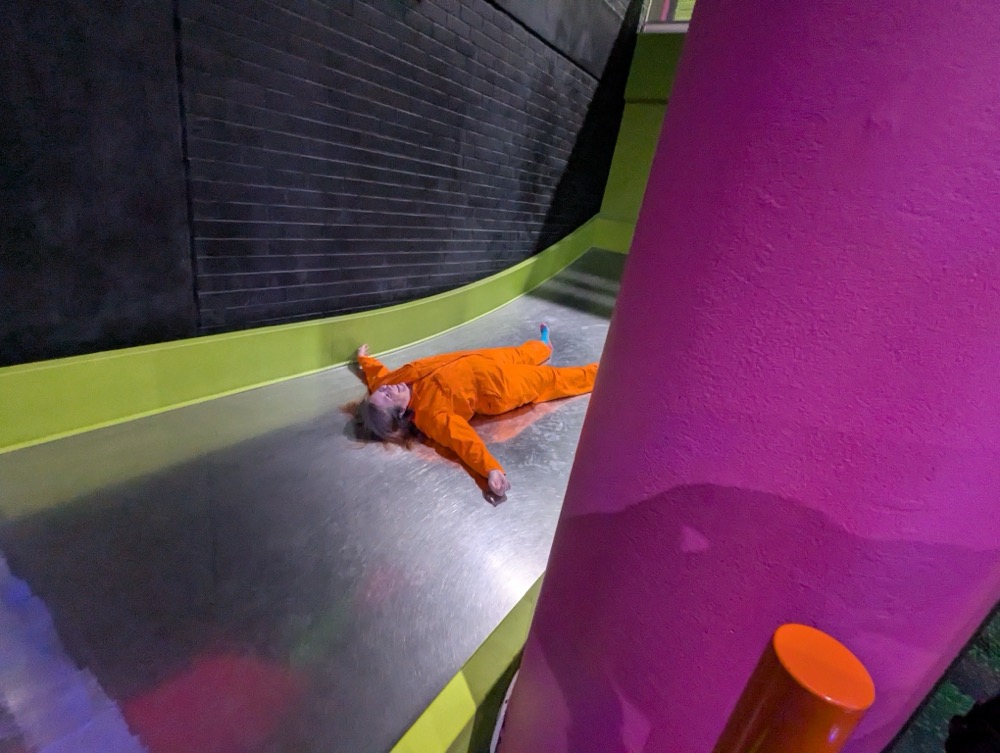
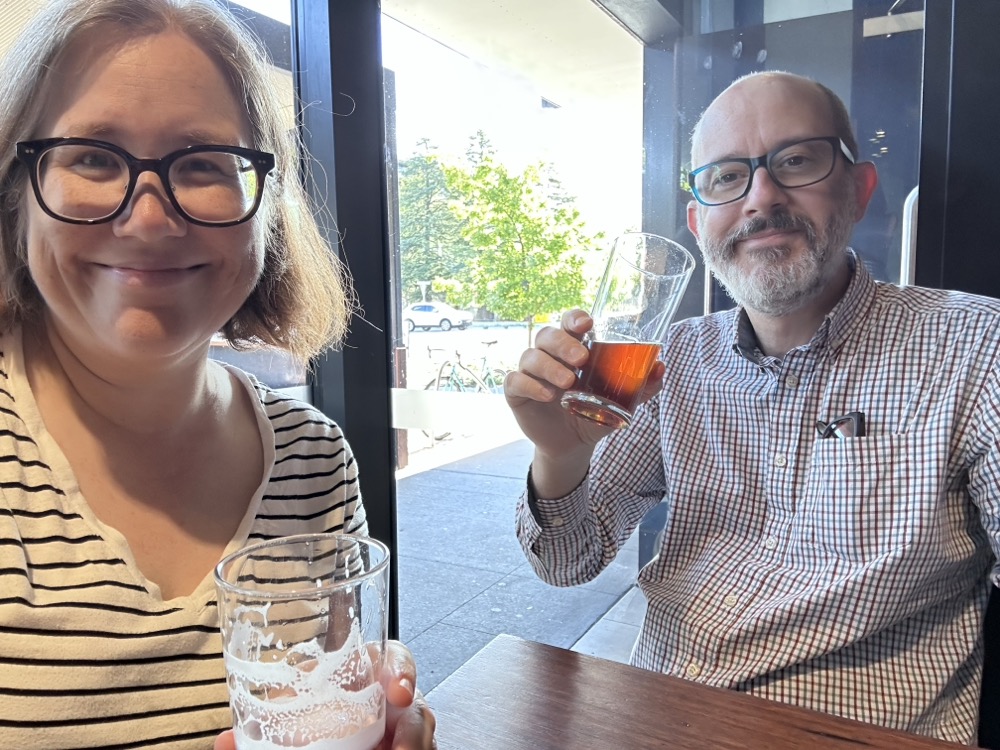
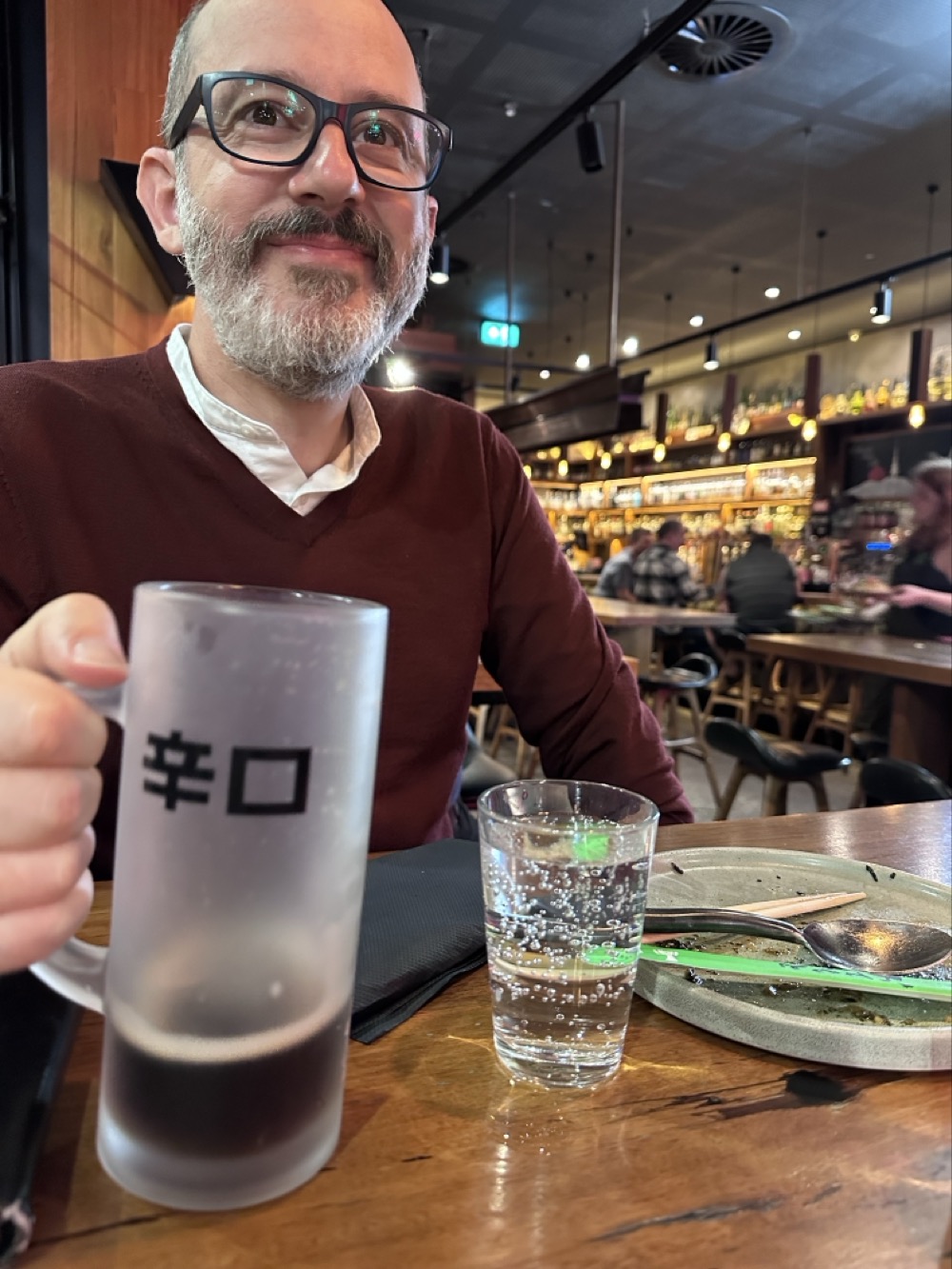
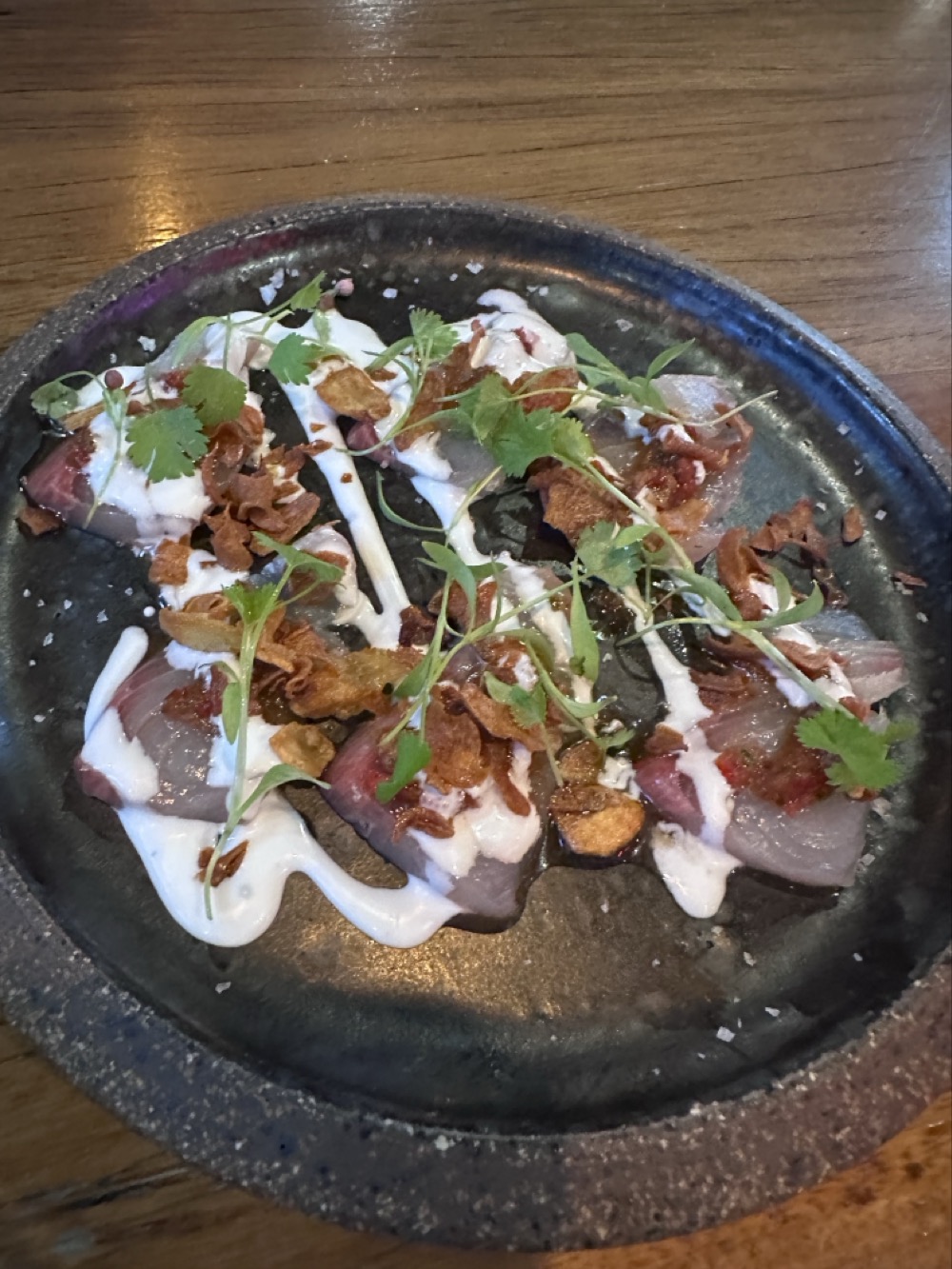

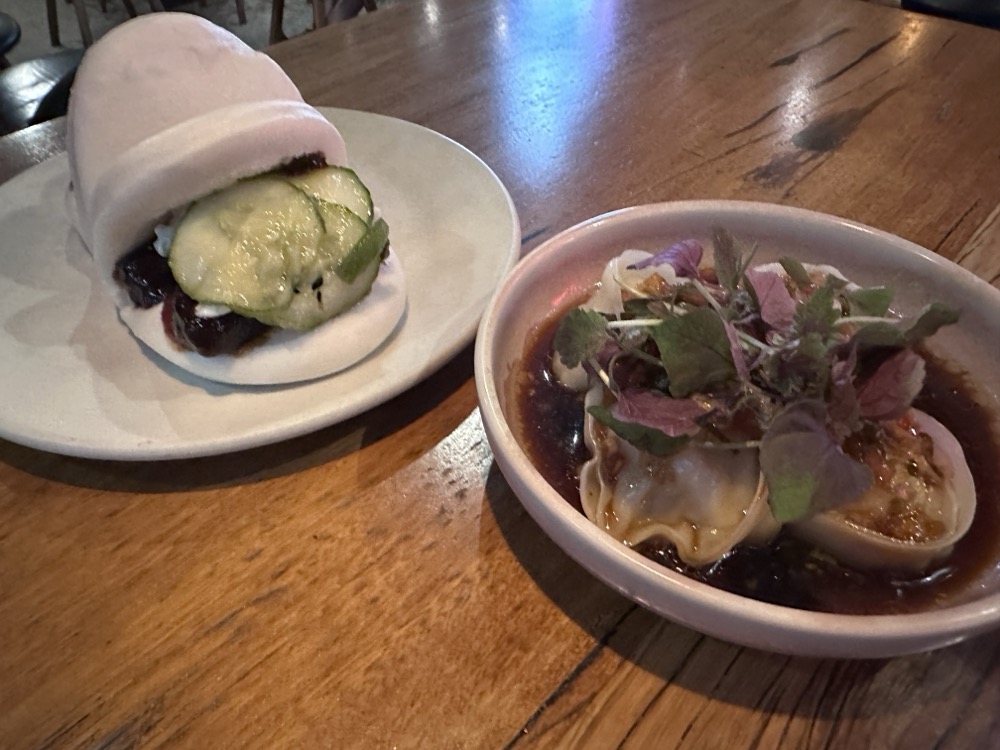
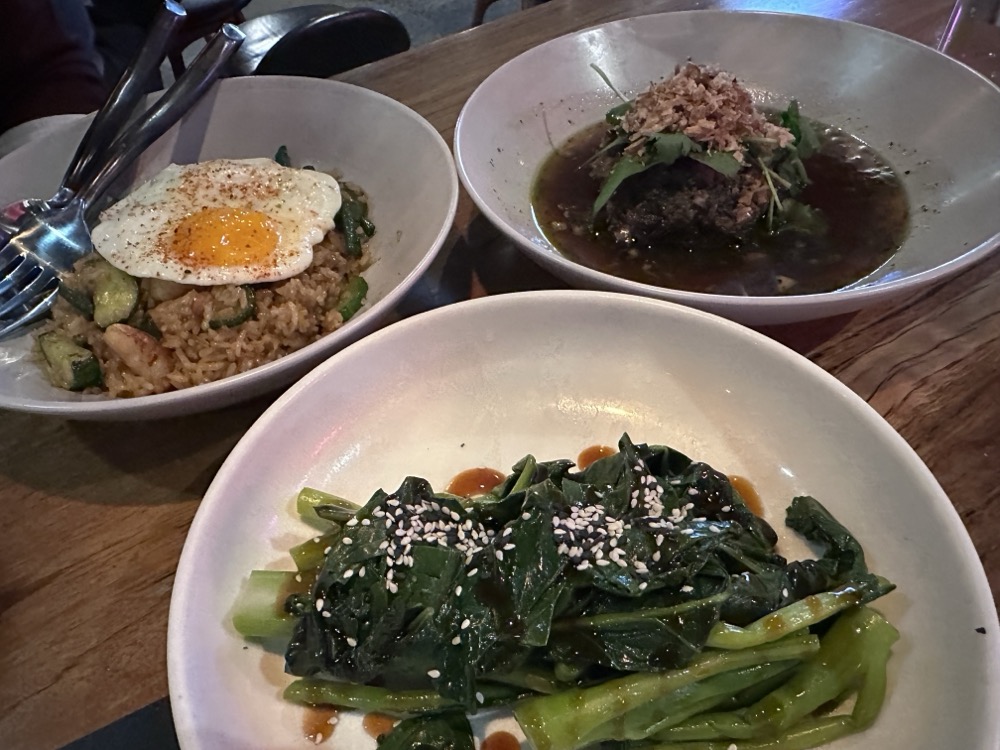



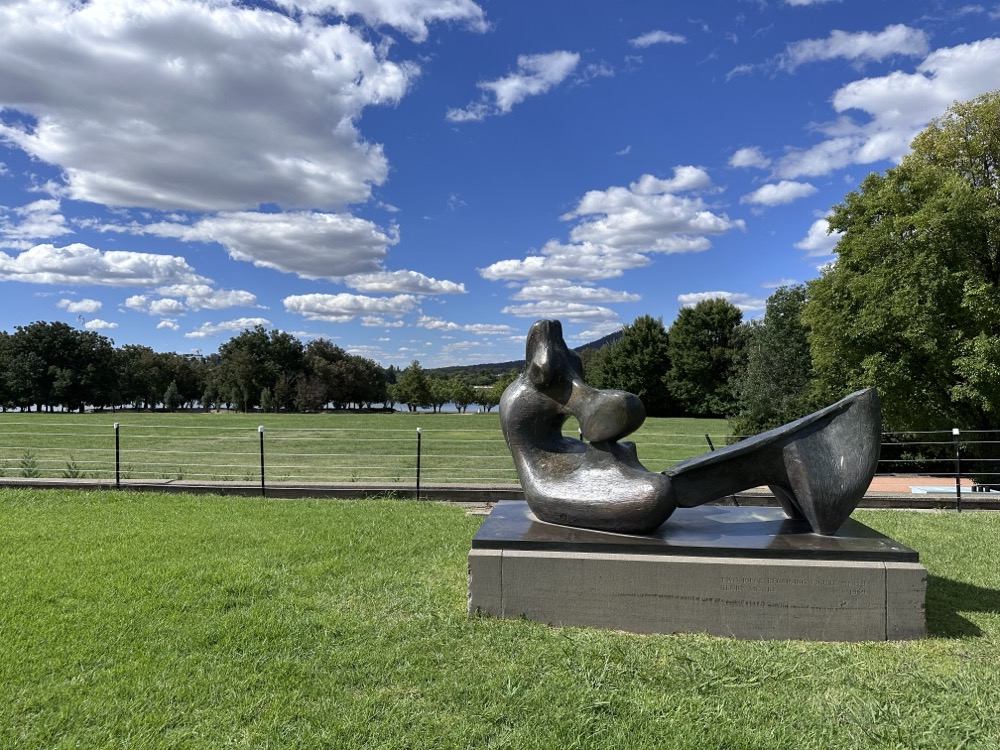

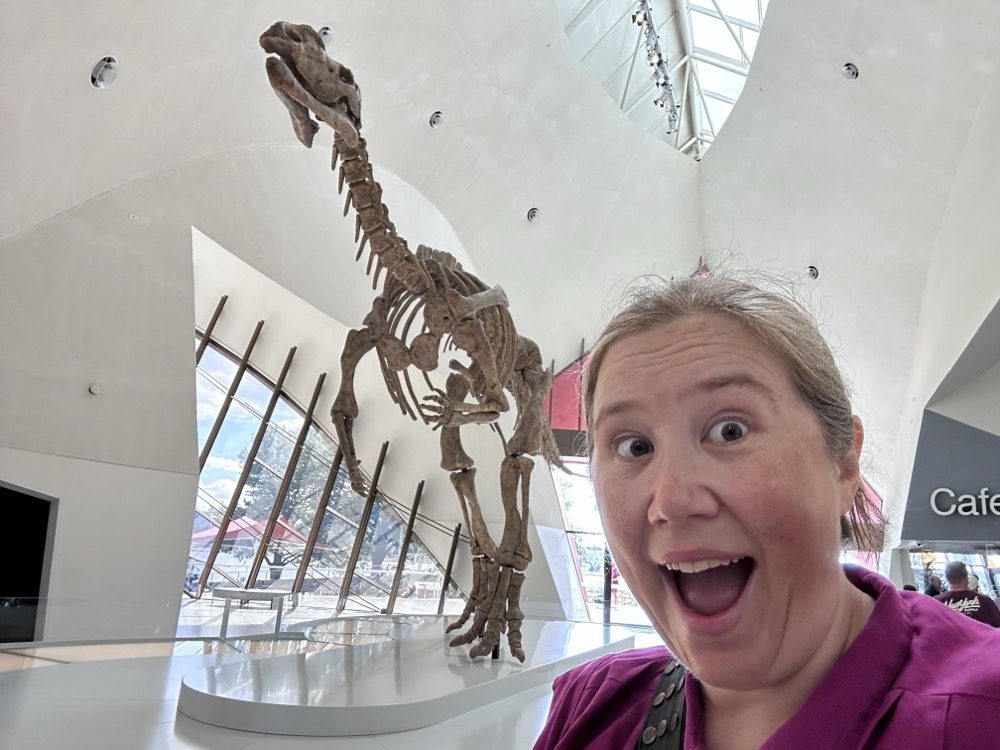
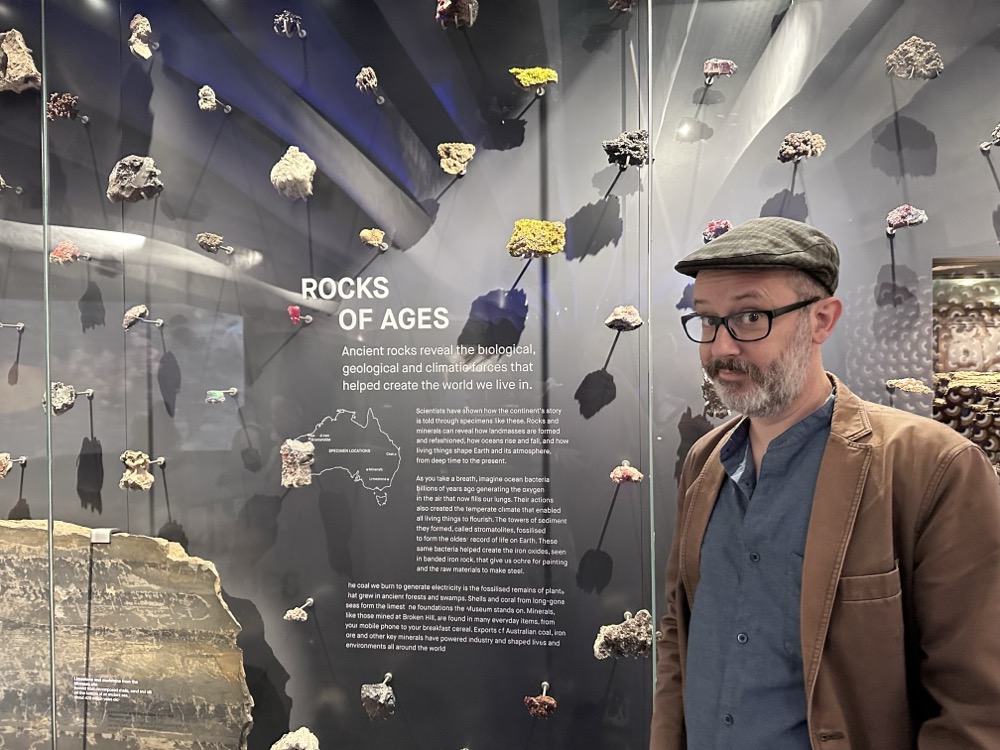

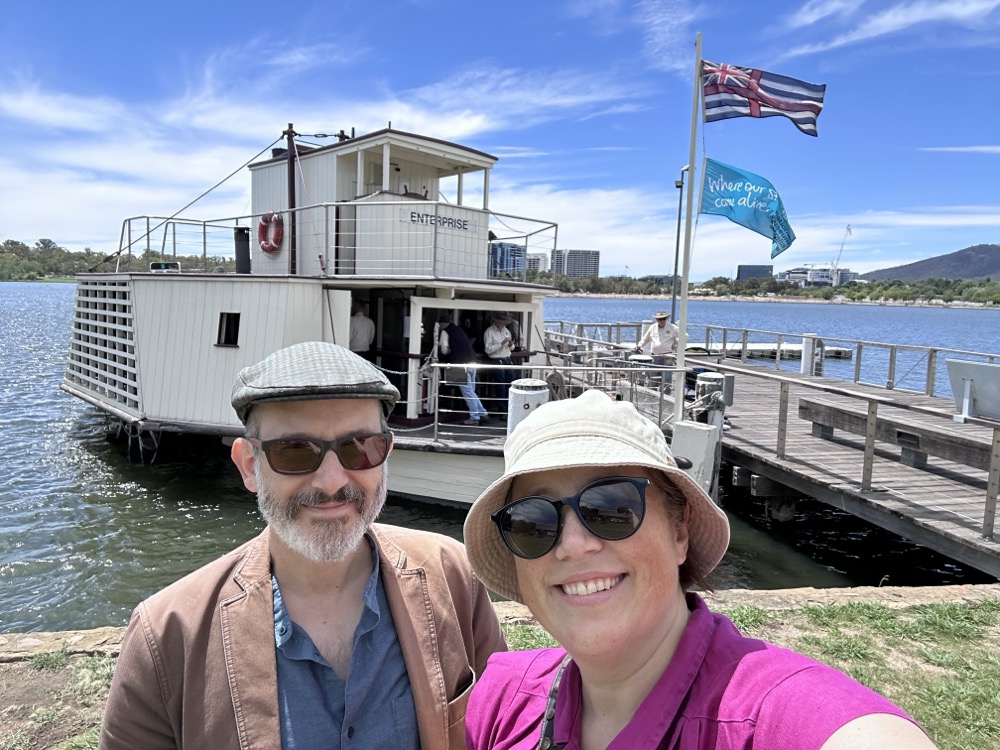


2 responses